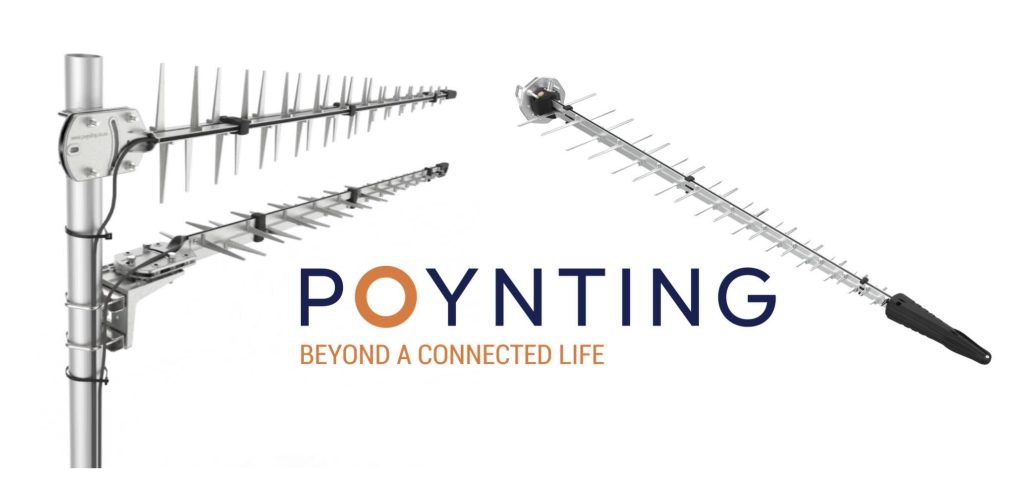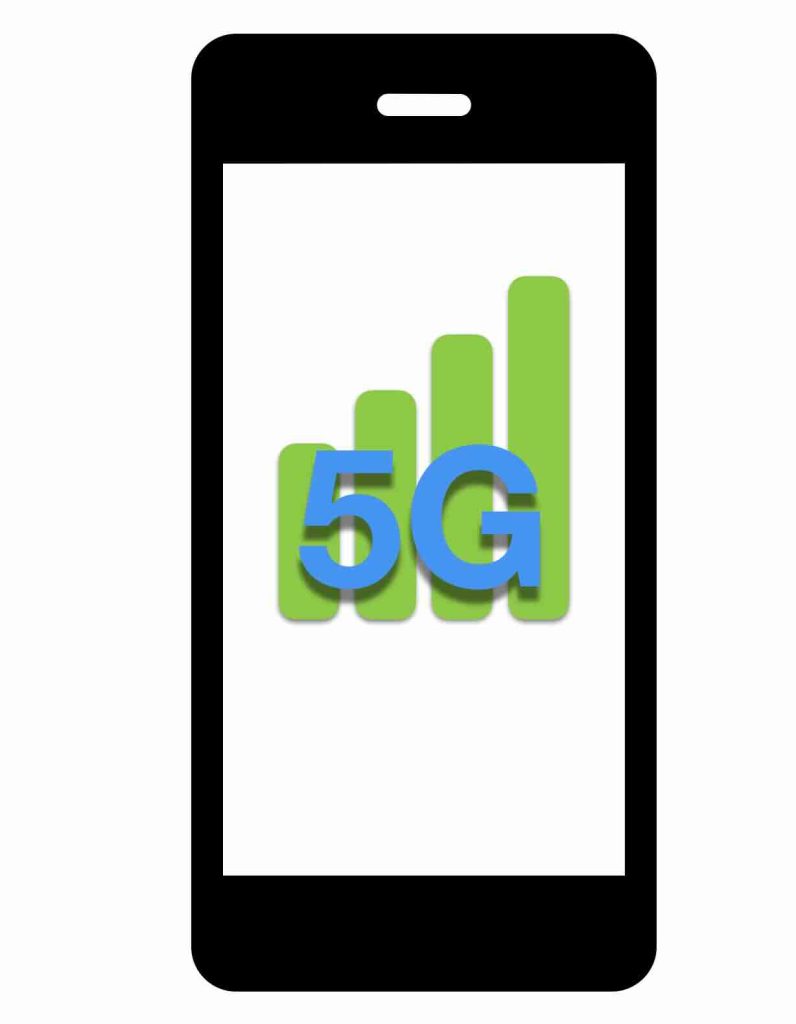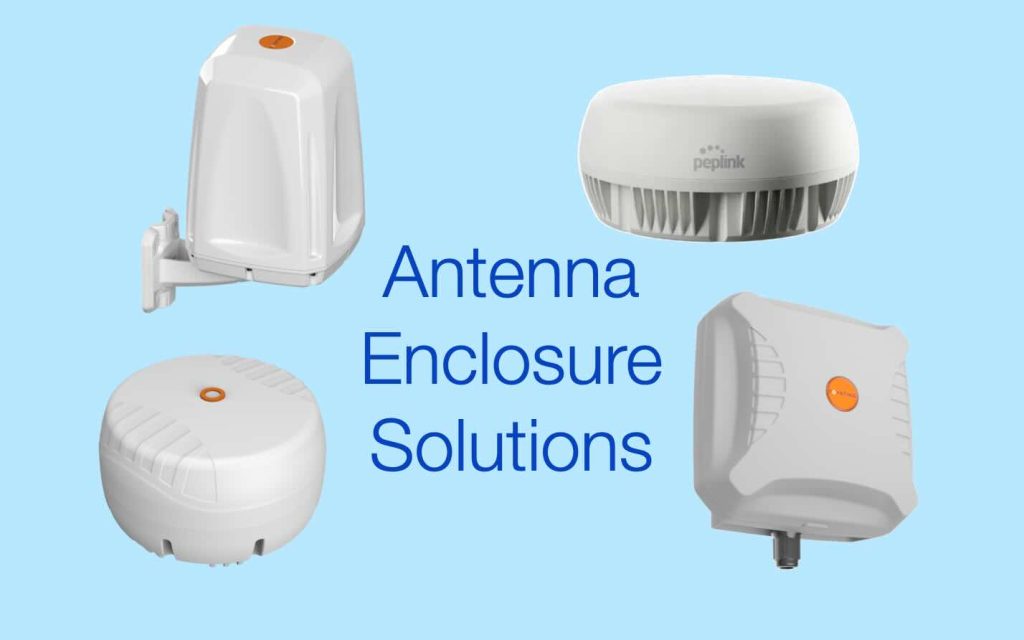Guest Article written by the Poynting team Considerations for Donor Antennas in Repeater Systems: Why Gain Isn’t Everything When designing or installing a repeater system to extend cellular coverage, many people focus primarily on the gain of the donor antenna. While gain is important, it is not the only factor to consider when selecting a […]
Tag: Signal
5G Signal Strength: What Do Signal Bars Really Mean?
5G has proven to be a reliable Internet service, offering faster internet speeds, lower latency, and a more reliable connection. However, as many users experience, 5G signal strength can vary greatly depending on the location, network conditions, and the device being used. If you’ve ever wondered what those signal bars on your phone really mean […]
Comparing Antenna Enclosure Solutions
Peplink Antenna MAX – Poynting EPNT – Poynting SWIRL When deploying advanced connectivity solutions, choosing the right antenna enclosure can be a game-changer. The Peplink Antenna MAX stands out for its innovative design, housing a router within an IP67-rated enclosure to minimize signal loss and maximize performance. Beyond the Antenna MAX, 5Gstore.com also offers alternative […]
Best Apps for Testing Signal and Locating Cell Towers
If you’re struggling with weak cellular signals or considering installing a signal booster, pinpointing your signal strength and finding nearby cell towers is crucial. Thankfully, several apps can help you measure your signal strength and locate cell towers, ensuring you get the best possible reception. Here’s a few apps we recommend for this purpose and […]
How to Interpret Antenna Radiation Patterns
Antenna radiation patterns are essential tools for optimizing the performance of various wireless communication systems, including cellular, GPS/GNSS, and WiFi. By understanding these patterns, you can make informed decisions about antenna placement and orientation, ensuring better signal strength and coverage. Whether you are a professional installer or a DIY enthusiast, mastering radiation patterns will help […]
WiFi vs Cellular: Comparing Connectivity
Today, the need for continuous, reliable, and secure connections is greater than ever. With advancements in technology, we now have options like WiFi and cellular signals to meet these demands. WiFi has evolved from WiFi 5 to WiFi 6, 6E, and the emerging WiFi 7. On the cellular side, we’ve seen the progression from 4G […]
Simple Ways to Boost Your Cellular Signal
These days a strong cellular signal is essential for maintaining seamless communication, accessing important information, and staying entertained. With millions of Americans owning a smartphone and most of them feeling they couldn’t live without their devices, dealing with weak cellular signals can be incredibly frustrating. Factors such as adverse weather, interference from building materials, terrain, […]
Enhancing the Performance of Your Inseego 5G Indoor Router
Having a robust and reliable internet connection in this day and age is essential for anyone. The Inseego 5G indoor router series, featuring models like the FG2000e, FX2000e, and S2000e, promises lightning-fast internet speeds for your home or office. However, ensuring optimal signal strength, especially indoors or in areas with poor network coverage, can be […]
Understanding How Cell Towers Work
Those towering structures that dot our landscapes, play a crucial role in ensuring seamless wireless communication. From transmitting radio signals to our mobile devices, cell towers have a defined range that varies due to several factors. Gaining some insight into how cellular towers function can help you to better understand how you might improve signal […]
A Comprehensive Comparison of Coaxial Cable Types
Coaxial cables are essential components of modern communication systems, providing a reliable means of transmitting signals over a variety of distances and applications. With different cable types available, each designed to suit specific needs, it’s important to understand the characteristics, advantages, and limitations of various coaxial cables. In this article, we will delve into a […]




